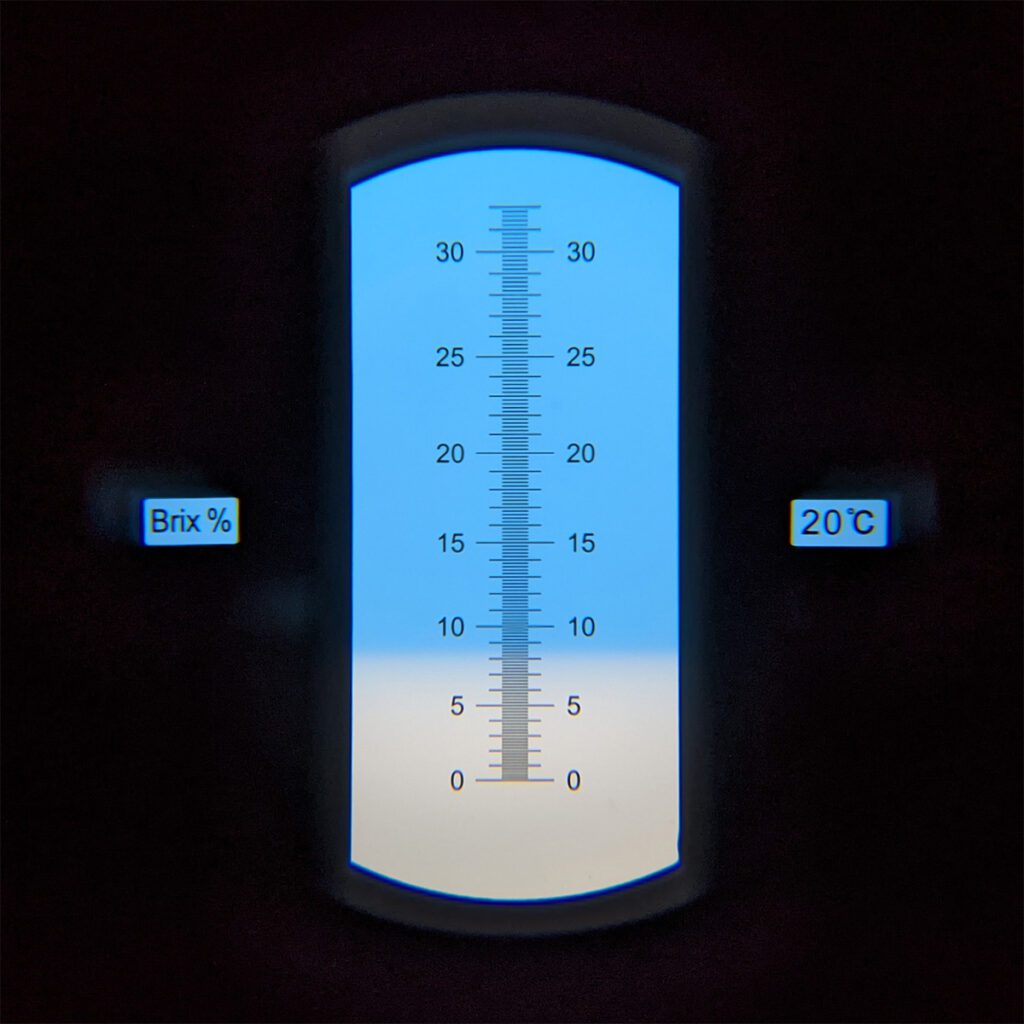Reverse Engineering Oatly: Part 3
October 14th 2021
This is the third part of the reverse engineering Oatly Project (Part 1 & Part 2). I’ve done more experimentation and simplified the recipe. Make sure to read the first two parts for more context!
I bought a Brix Refractometer to measure the amount of sugar over time, and found that I could do a single cooking temperature for one hour and get similar sugar levels to the previous recipe.
Also, I made corn milk with this recipe. It wasn’t great. Maybe some more experimentation would help. Weirdly, it smelled exactly like the oat milk.
Best/Easiest Oat Milk Recipe So Far
| Water | 680 gr |
| Rolled Oats | 80 gr |
| Malted Barley | 8 gr |
| Canola Oil | 22 gr |
| Salt | 1 gr |
- Pre-heat the immersion circulator bath to 150F (65C).*
- Toast oats in the oven at 250F (121C) for 8 minutes.**
- Add oats and malted barley to water and blend until fine; add mixture to a 1 quart (~1 liter) Mason jar (make sure the lid is tight!).
- Put the jar in the water bath for 1 hour. Shake the jar after 30 minutes.
- Filter the oat mixture through a nut milk bag.
- Add the oil and salt to the filtered oat milk and blend.
- Chill & drink!
*Temperature is critical here; this recipe will be hard to reproduce without an immersion circulator. If the temperature goes much beyond 150F (65C) the enzymes will denature and stop converting the starches in the oats to sugars.
**The toasting is different for different oats. Preheat your oven to 250F (121C), put some oats on a cookie sheet, and set a timer for 4 minutes. At 4 minutes, pull a few oats out to taste. The oats done are when they have a hint of roastiness with no bitter/burnt/off flavor. If they aren’t done, give it another 4 minutes. Different brands of oats we’ve tested have required between 4 and 12 minutes. Instant oats seem to need longer, while fancier non-instant oats need shorter times.
